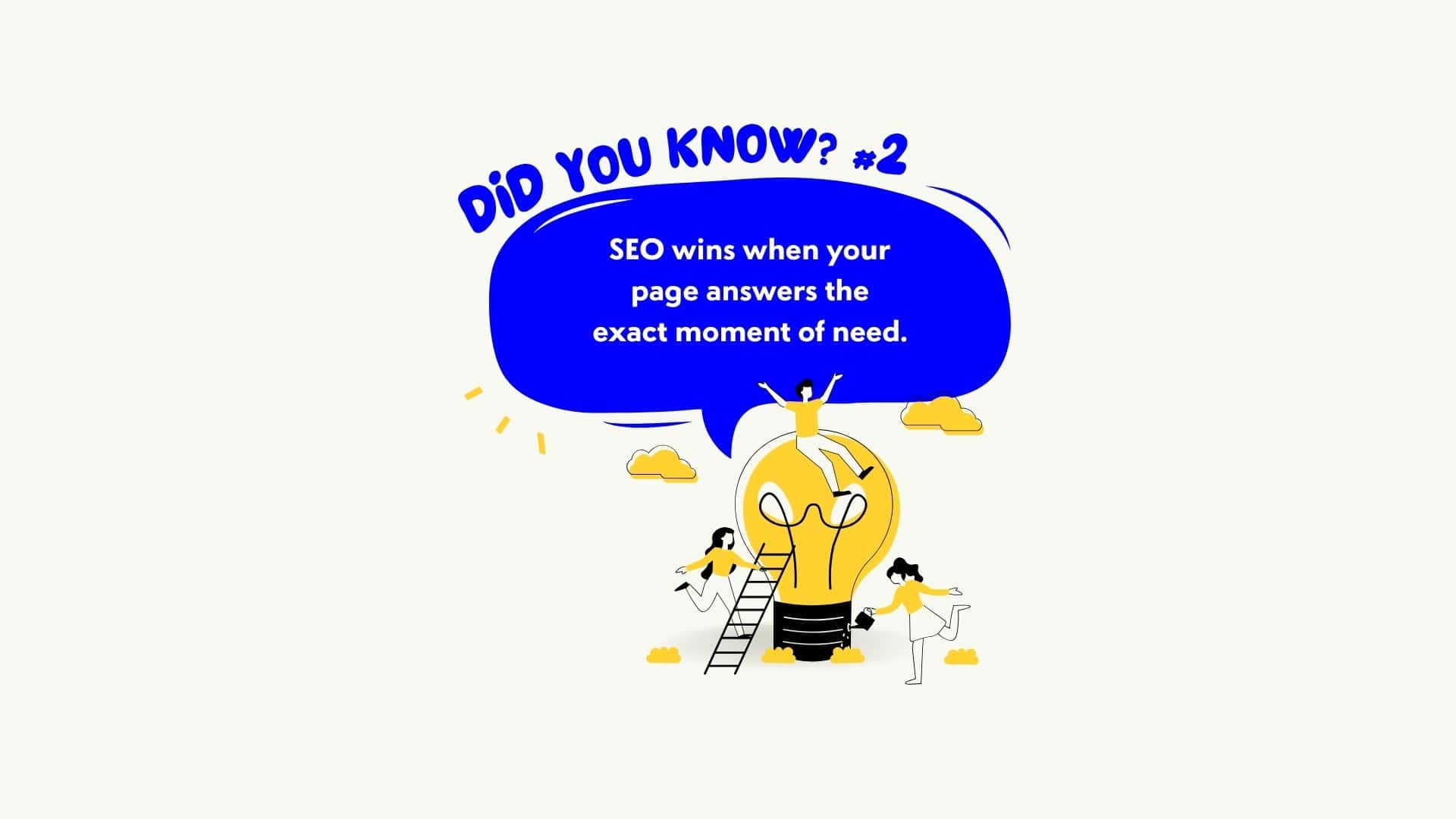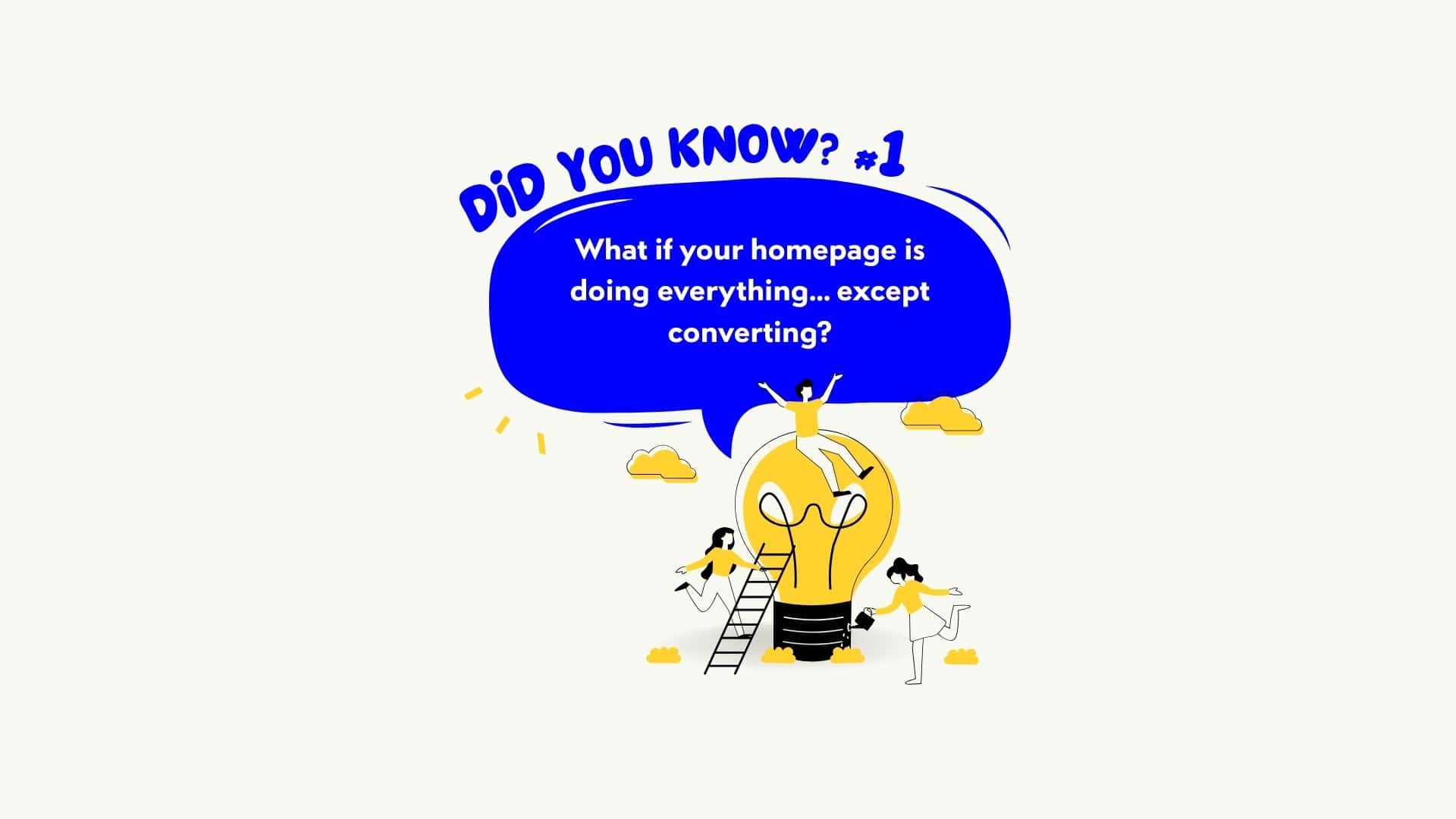This week we’re shifting from homepage fixes to search. Not more clicks – better timing. Most teams chase big numbers. More clicks. More sessions. Louder graphs. The wins come from arriving when someone is ready. A smaller crowd with urgent intent beats a stadium of browsers. That’s why SEO is less about “more people” and more about “right person, right moment.”
In plain English
“Intent” is the reason behind a search. Sometimes people want to learn. Sometimes they want to compare. Sometimes they want to buy. If your pages don’t match those moments, you show up but you don’t get chosen. The fix is simple: give each page one job. Map specific keywords to the page that best answers that job, then write in the same language your customers use. Think shop floor. A greeter for questions, a display for comparisons, and a till when someone is ready to buy. Arrange your content the same way, in plain English, with clear next steps.
Why timing beats volume
Traffic alone can be a vanity metric. What matters is qualified demand that turns into enquiries. Pages aligned to intent get better clicks, lower bounce and higher conversion because they promise exactly what the searcher needs and deliver it fast. It’s a commercial choice as much as a content one: meet intent, earn trust, win the enquiry. That’s our approach by design.
What good looks like (checklist)
- Map one intent to one page. Assign each keyword family to a single best-fit page. Avoid duplicates that compete with each other. This is keyword mapping 101.
- Match formats to questions. Service pages answer hire/buy; guides answer learn/how; comparisons answer “which is best for me?”
- Mirror real questions. Add short Q&As that use your customer’s phrasing, not internal jargon. They help readers and play nicely with summaries.
- Lead with the answer. Put the clear answer in the first 1–2 sentences, then add detail and proof. Keep paragraphs short and scannable.
- Name the next step. Finish each section with a relevant action. After a guide, invite a deeper resource; after a service block, invite contact or a quote.
- Measure what matters. Track qualified enquiries and assisted conversions, not just sessions. Align reporting with sales outcomes.
60-second action
Pick one high-value service page. Add a single “People also ask” style Q&A that answers the most common question in 3-4 lines, using the customer’s phrasing. Link one key term to the deeper guide on your site. Ship it today.
From blueprint to build: how we apply this
Before we design or develop anything, we run a digital strategy phase. It’s the blueprint that makes the site (and SEO) work:
- Sitemap and page plan shaped around real user journeys.
- Keyword-per-page mapping to avoid cannibalisation and to match search intent.
- On-page roles and CTAs so every section has a next step.
- Measurement plan so success is tied to leads, not just traffic.
This strategy-first approach means pages are created with a job to do and a clear action to invite, from day one. That’s why our websites feel cohesive, convert better and scale cleanly as you add content.
For the curious
- Keyword Mapping is the Missing Link in Your Content Strategy – how to assign queries to pages so they work together, not against each other.
- Writing for SEO: Best Practices – practical tips for answer-first pages and plain-English copy.
Micro-FAQ
What exactly is search intent?
It’s the reason behind a query: learn, compare or buy. Plan content around those moments and the next step you want a reader to take.
How do I avoid cannibalisation?
Give each keyword family one best page. If two pages chase the same intent and terms, merge or redirect. Keep one clear target.
How many FAQs should I add to a page?
Start with 2-4 Q&As that mirror real questions, answered in 2-4 lines each. Make them skimmable and useful.
Want an intent-led plan and a website built from a clear digital blueprint? See our SEO services and Website Design & Development. We start with strategy, then build for performance.




